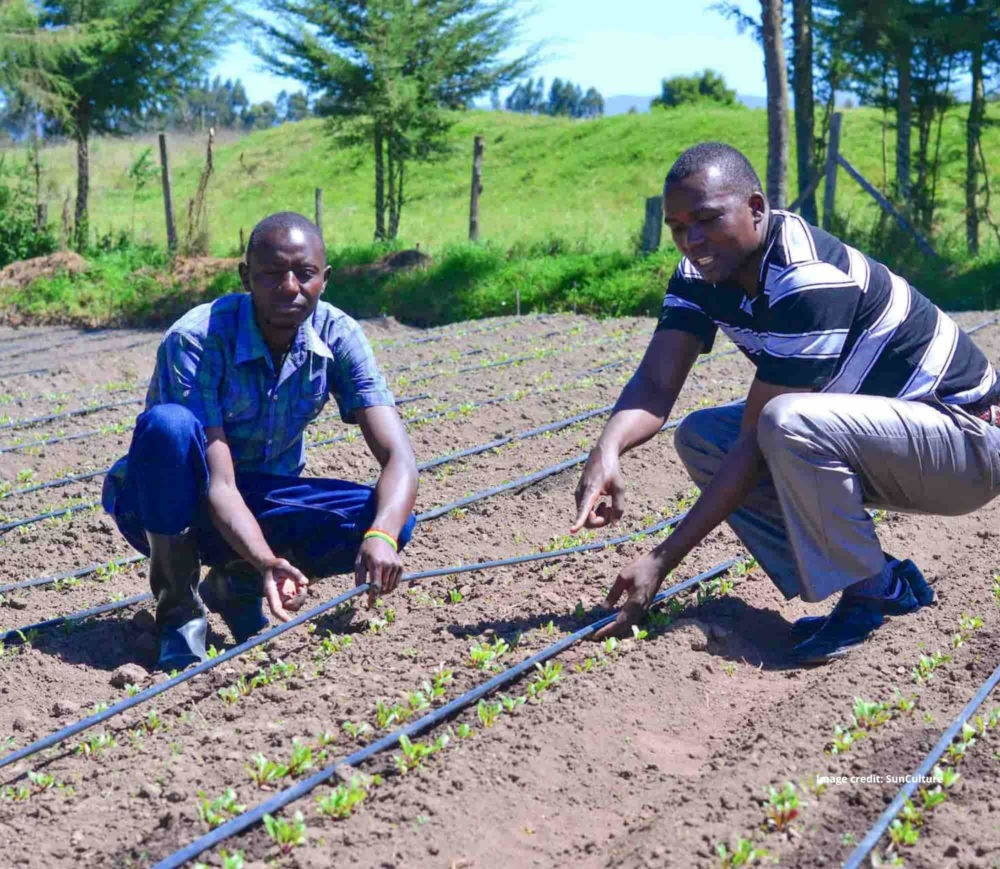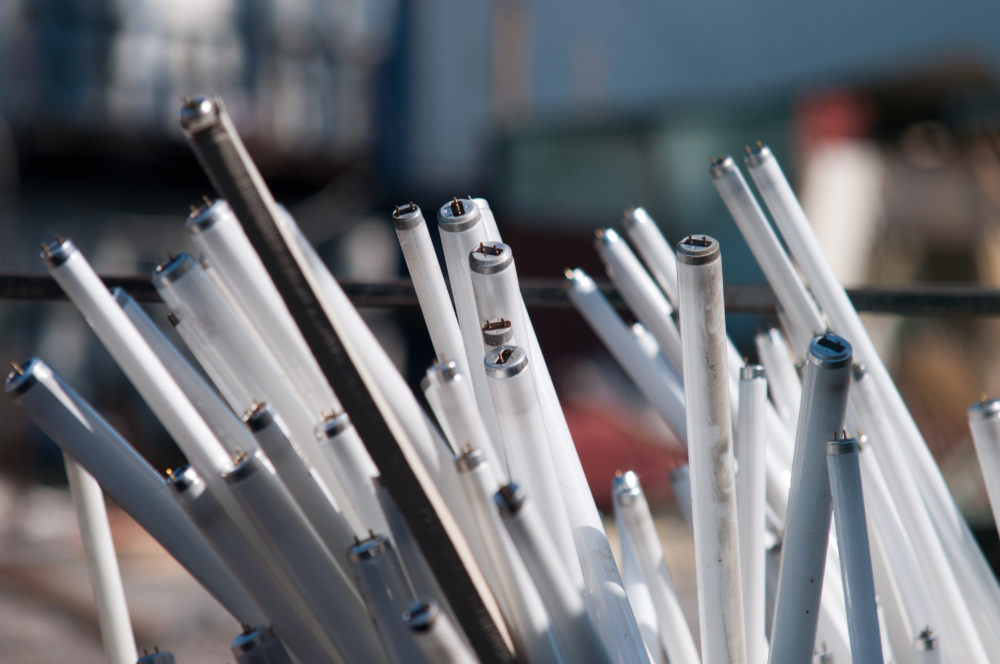Using PAMS to estimate savings potential from increased energy efficiency – a case study
Summary
What would you do if you had to estimate the energy savings potential from adopting energy efficiency policies for three household products 33 countries, and had only two months to do it? The authors of this paper faced exactly this challenge in 2014.
For the task, the authors chose the Policy Analysis Modeling System (PAMS), a free and publicly-available impact model implemented in Microsoft Excel. PAMS was developed more than ten years ago by Lawrence Berkeley National Laboratory (LBNL) in collaboration with CLASP to provide first-order policy impacts projections with a minimum of preparatory research on the part of local policymakers.
PAMS comes pre-programmed with a host of inputs, including cost-efficiency curves and electricity prices, so users can identify the most cost-effective efficiency level to target with their policies. PAMS provides these inputs for three products — air conditioners, refrigerators, and clothes washers — for more than 100 countries. In the absence of reliable market data for a given country, PAMS can forecast the size of the market for a given product in that country based on climate and macroeconomic indicators such as household income.
Using PAMS, the authors estimated that the 33 countries that make up Latin America and the Caribbean (LAC region) could save a total of 137 TWh of electricity in 2030 if they adopted advanced energy efficiency standards for refrigerators, air conditioners, and ceiling fans by 2020. That is approximately 11% of current annual electricity use in the region.
This paper describes how the authors customized and updated PAMS to suit the task at hand. Learn how PAMS was modified to analyze fans instead of clothes washers and to produce results for several small countries not included in the public version. Learn how the cost-efficiency curves and macroeconomic indicators were updated. The paper will also discuss how the authors used contemporary market data from several sources to improve the model’s forecasts.
The paper will be of great value to energy efficiency practitioners looking for an easy-to-use yet sophisticated tool with which to estimate energy efficiency potential from product policies.
Authors: Ari Reeves and Ana Maria Carreño, CLASP







